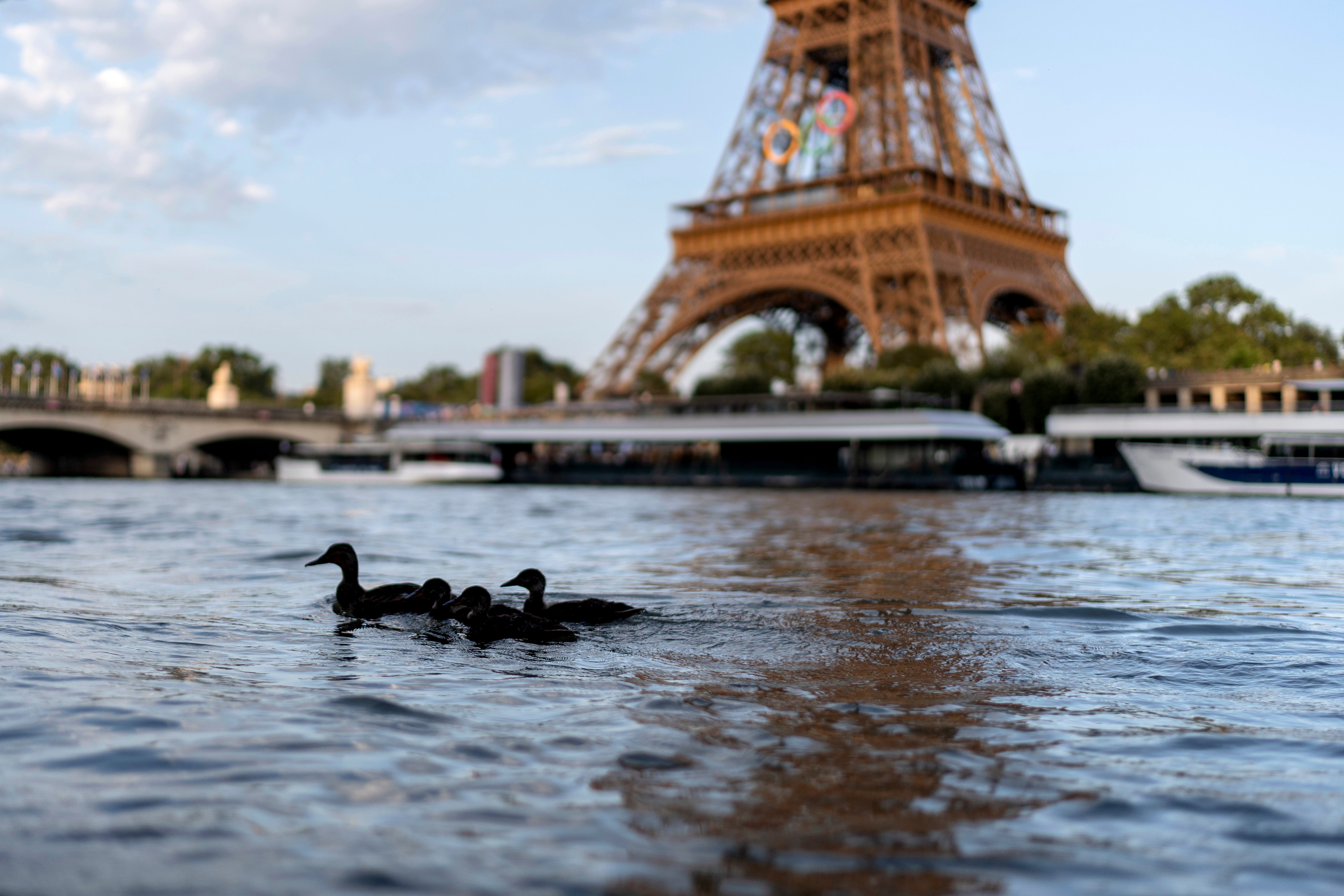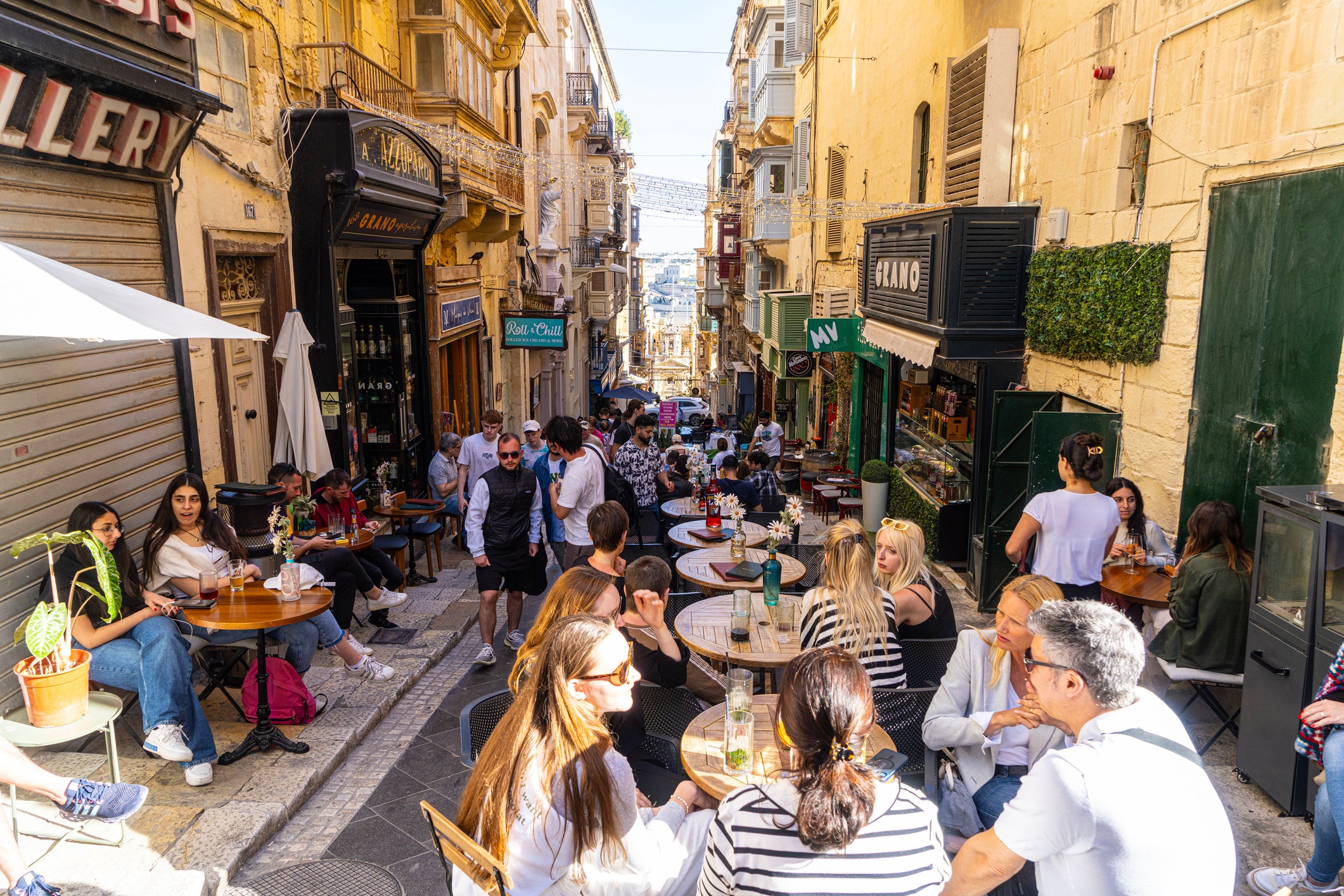Can we go cashless on our Scandinavian train trip?
Simon Calder answers your questions on travelling in Scandinavia, electronic travel authorisation, a stressful trip and visiting Malta


Q We are off to Scandinavia on an eight-day train trip, taking in Sweden, Norway and Denmark. Do we need local currency for each, or will cards get us through? I have some dollars and euros.
Brian J
A The Nordic countries comprise the zone where, I believe, it was first feasible to enjoy a visit without carrying any cash. I initially tested the theory in Iceland; this was a few years before the Covid pandemic. Since then, society worldwide has accelerated towards cashlessness; on a recent trip to Australia, I used no cash at all (and was only embarrassed once, on a bus in Hobart, Tasmania, where the driver let me travel for free).
Back to Scandinavia: the wide acceptance of plastic (or smartphone) payment is just as well because of the complexity of currency. Some visitors turn up with a wad of euros, fondly believing that anywhere in the European Union and wider Schengen Area must surely use the single currency. In fact, each has its own krona. They also have significantly different values. For Denmark, you get almost nine for a pound; for Sweden, almost 13; and for Norway, almost 14.
As readers have found in many parts of the world, one problem with relying exclusively on a single credit card is that sometimes the technology throws a wobbly and rejects that card. Carrying at least two (one Mastercard, one Visa) is good, and a third (perhaps a debit card is also useful).
There may be rare occasions when only cash is accepted; 18 months ago, I found an excellent jacket in a jumble sale in Kiruna, northern Sweden, and happened to have enough Swedish currency to pay for it. But in extremis, you should be able to spend euros: rates are fairly fixed to the single currency, and someone might even offer to change cash for you as a favour, knowing they will be off to somewhere in the eurozone soon. But don’t bother taking the dollars.

Q I have two passports, French and British. At present, I always travel between the two countries on my French passport. If I used the British one to leave or enter France, the border officers would want to stamp it and might also ask about my length of stay – which is not relevant as I have dual nationality. But when the ETA [electronic travel authorisation] comes in for European visitors to the UK next month, if I travel on the French one I will need to apply for one. What is the best strategy?
Jaine F
A Travellers who are blessed with the benefit of a European Union passport as well as a UK travel document can swerve all the post-Brexit rules. Using the EU passport they speed through the (almost always) faster Schengen area queue on arrival at their destination, with no need to have their passport stamped. All that border staff can do is check that the EU document is valid and that it belongs to the holder. They will also be able to avoid the future need for biometric checks and the Etias permit.
Conversely, going through UK Border Control with a British document avoids any issues with length of stay and, soon, the ETA, which will be mandatory for all EU visitors (except the Irish) entering the UK from 2 April. So travel with both passports; use the French one for crossing into France, the British one for the UK Border.
You might be thinking: but I need to give passport information in advance to the airline. Just choose one passport for flight bookings and stick to it. You will need to produce it when boarding flights, but this is a simple ID check rather than anything affecting your immigration status. By the time you arrive at your destination, the airline has lost interest in you. Please note this advice applies only to an EU scenario. Some countries do not allow people to carry two passports.
The people who are in the strongest post-Brexit position are those with the fortune to be Irish. They don’t need an ETA for the UK thanks to the age-old Common Travel Agreement, and thanks to being EU citizens they can speed through Schengen Area formalities just as the British once did.

Q We would value your advice on liability following a stressful trip from London Stansted to Samarkand in Uzbekistan via Izmir in Turkey. We flew with SunExpress. They failed to load our luggage on the connecting flight out to Samarkand, meaning we had to wait a full week till the next flight for our warm clothes. Could we have claimed costs for this delay?
Coming back, we had a 2h30m transfer time in Izmir. The first flight, from Samarkand to Izmir, was delayed by two hours. The airline claimed it was due to adverse weather, though the weather in Samarkand and in Izmir looked fine. We suspect they were aiming to avoid liability for any extra costs. As a result of the delay, we only just caught the onward flight to Stansted as a result of the initial delay, but it was stressful. We would like to clarify what our rights to compensation would have been if we had missed the connecting flight from Izmir?
Peter S
A Starting with your luggage: as SunExpress should have made clear when your bags went missing, you are entitled to claim for essentials. This includes, for example, toiletries, as well as a reasonable amount of clothing. Being in Uzbekistan in winter demands some warm clothes, so you can claim for reasonable expenses.
I am surprised you had to wait a full week for your baggage to be delivered. SunExpress is a joint venture between Lufthansa of Germany and Turkish Airlines. The latter could have conveyed your luggage via Istanbul to Samarkand within a day or two. So I hope you have saved your receipts.
Next, the inbound delay. It is quite feasible that Izmir, a coastal airport, suffered some fog earlier in the day that held up departures including the outbound flight to Samarkand to pick you up. Typically, any sign of poor visibility would have been burnt off by the time you flew in. Furthermore, SunExpress would gain no financial benefit from fibbing about the cause of lateness. You would not be subject to compensation under air passengers’ rights rules anyway because you were travelling on a non-EU/UK airline. Had you missed the connection, SunExpress may have offered a hotel stay in Izmir, but I am glad you did not have to find out whether or not you would get one.

Q I am spending next week in Malta. What are your top tips?
Natalie W
A Waves of civilisation have left their marks on Malta, creating a mosaic of cultures and colours. Spend at least two days in and around Valletta, the glorious capital city. The honey-coloured walls embrace crusader history, palaces and elaborate churches. Republic Street, exactly one kilometre long, is the city's main street – and provides a cross-section of Valletta's impressive architecture, created by the Knights of St John. This Christian military order arrived in the year 1530.
The most significant monument is St John’s Co-cathedral, a study in Baroque at its most intense. The Oratory contains Caravaggio’s The Beheading of St John – the largest painting produced by the artist. Valletta's Upper Barrakka Garden fills a strategic corner of the city’s fortifications – and yields tremendous views over the Grand Harbour as well as along the length of the capital. Ride the glass-sided lift down to the waterfront. Board a dghajsa – a Maltese take on the gondola – across to Vittoriosa, a settlement that predates even Valletta and provides great views of the capital.
Many of Valletta’s eating and drinking opportunities are somewhat retro. They include The Pub at 136 Archbishop Street was the location for Oliver Reed’s last stand. He walked in one day in 1999, while filming Gladiator, but was carried out after suffering a fatal heart attack. His seat in the corner has become a shrine to the hell-raising actor.
The coastline is a key attraction of Malta, but don’t neglect the interior – sprinkled with dozens of towns and villages, many with domed churches that decorate the horizon. Most impressive of all is the former capital, Mdina. It is said that after St Paul was shipwrecked on Malta while on his way to Rome, this was the location where he met the Roman governor of the island. Mdina’s cathedral of Saints Peter and Paul has since become Malta’s principal place of worship, and the peaceful city is a retreat for the rich and famous.
Malta’s spirituality runs deep into the past. Before Stonehenge, before the pyramids, the temple at Mnadjra was created by the Neolithic people on the coast not far from Mdina.
Email your question to s@hols.tv or tweet @SimonCalder
Join our commenting forum
Join thought-provoking conversations, follow other Independent readers and see their replies
Comments